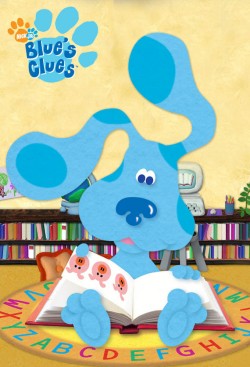
Blue's Clues
Blue's Clues is an American children's television show that debuted on the cable television network Nickelodeon on September 8, 1996 and lasted ten years until August 6, 2006. Angela Santomero, Todd Kessler, and Traci Paige Johnson, the show's producers, combined concepts from child development and early childhood education with innovative animation and production techniques to help their viewers learn. It was originally hosted by Steve Burns, who left in 2002 to pursue a music career, and later by Donovan Patton. Burns was a major reason for the show's success, and the rumors surrounding his departure foreshadowed the show's emergence as a cultural phenomenon. Blue's Clues became the highest-rated preschool show on American commercial television and was critical to Nickelodeon's growth. It has been described as "one of the most successful, critically acclaimed, and ground-breaking preschool television series of all time." Blue's Room, a spin-off, premiered in 2004. The show's producers and creators presented material in narrative format rather than the more traditional magazine format, used repetition to reinforce its curriculum, and structured each episode in the same way. They used research on child development and young children's viewing habits conducted in the thirty years since Sesame Street debuted in the United States. They changed the genre by involving their audience. In the production of the show, research was integrated into all aspects and stages of the creative process. Blue's Clues was the first cutout animation series for preschoolers, and it resembled a storybook in its use of primary colors and simple construction paper shapes of familiar objects with varying colors and textures. Its home-based setting was familiar to American children, but it looked different from other children's TV shows. Beginning in1999, a live production of Blue's Clues toured the United States, employing many of the production innovations developed by the show's creators. Over 2 million people had seen over 1,000 performances as of 2002.
Read full
Genres:
N/A
Production:
Country:
Duration:
30 m

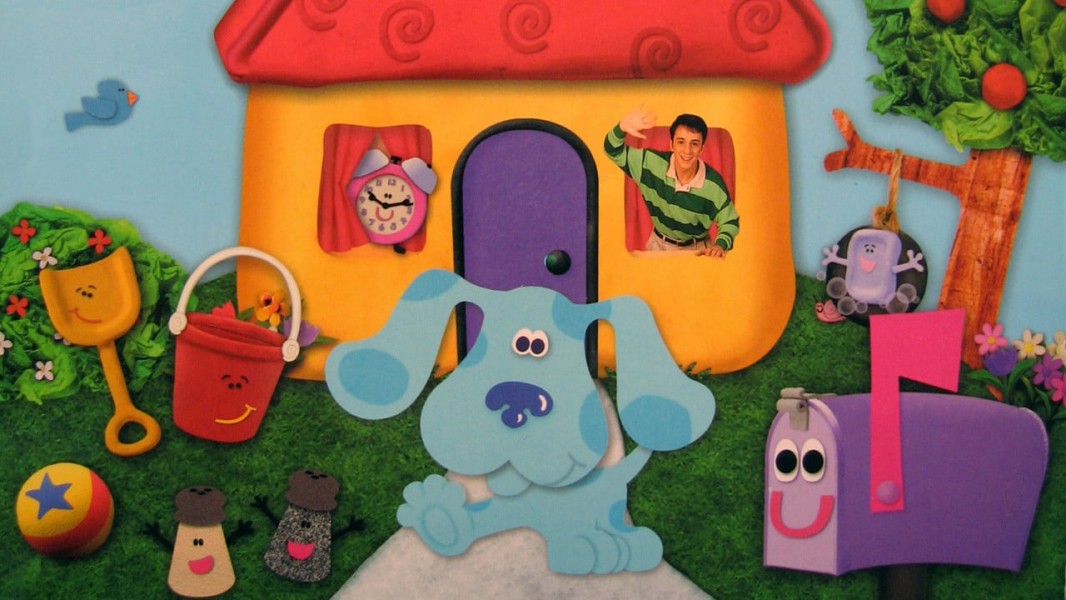
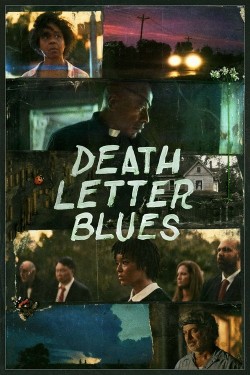


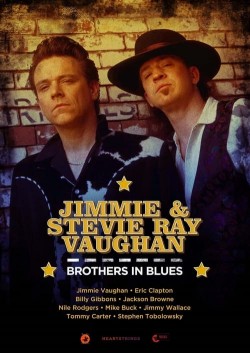


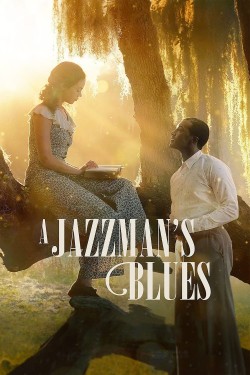
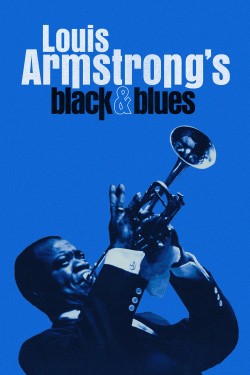


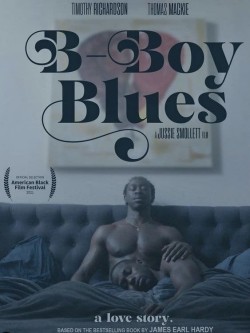



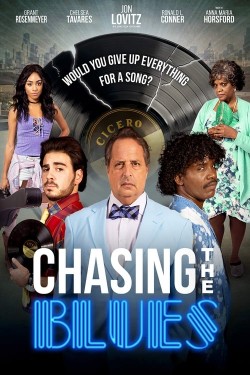
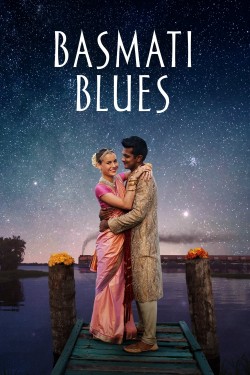
Discussion